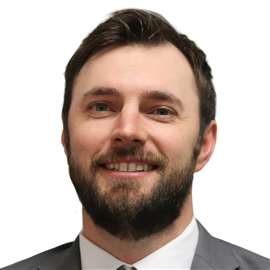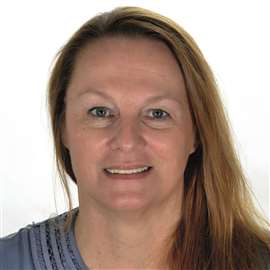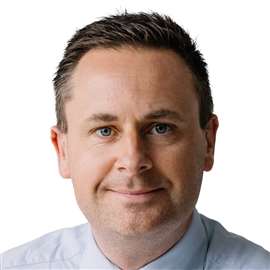Graforce, Worley to scale methane electrolysis in Asia, Australia
23 May 2023
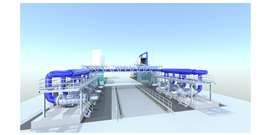 A 12 MW methane plasmalysis plant converts natural gas, LNG, flare gas and other hydrocarbons into hydrogen without emitting any greenhouse gas into the atmosphere. (Graphic: Business Wire)
A 12 MW methane plasmalysis plant converts natural gas, LNG, flare gas and other hydrocarbons into hydrogen without emitting any greenhouse gas into the atmosphere. (Graphic: Business Wire)
German company Graforce, which provides zero-carbon hydrogen plants, and Worley, a global engineering and project delivery business, are partnering to scale methane electrolysis (plasmalysis) in Australia, Pacific, Asia and China (APAC).
Plasmalysis is a “game-changing” technology, according to the companies, that converts natural gas, LNG, flare gas and other hydocarbons into hydrogen without emitting CO2 or other greenhouse gases into the atmosphere.
In the modular plants, a high-frequency plasma field generated by renewable electricity splits hydrocarbons such as methane into their molecular components: hydrogen and solid carbon.
Compared to water electrolysis, plasmalysis requires only one-fifth the energy to produce the same amount of hydrogen. A single 20-megawatt plant can convert about 70,000 metric tons of methane into hydrogen per year and eliminate about 200,000 metric tons of CO2 emissions, according to Graforce and Worley.
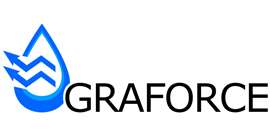
“The entire APAC region is looking for green technologies for existing energy sources to achieve climate targets,” said Dr. Jens Hanke, CTO of Graforce. “The cooperation with Worley is an important step for us to quickly scale our methane plasmalysis and to open up these markets.”
With the plasmalysis technology Graforce and Worley are developing, consumers can

switch to clean-burning hydrogen without changing their energy supplier or mode of transportation.
Graforce said projects to supply Germany with LNG and green hydrogen are in progress as the country aims to reduce its Cos emissions by more than 40% by 2030, and sustainable technologies such as plasmalysis are essential to meet both climate and economic targets.
Worley will provide engineering and project delivery services for customers in Asia and Australia, which is one of the world’s leading fuel suppliers and producers of natural gas.
“As we scale up toward the vast quantities of renewable energy and hydrogen required to meet our net-zero goals, our medium-term reliance on fossil fuels and, in particular, natural gas and LNG is a given,” said Gillian Cagney, ANZ managing director for Worley. “Plasmalysis marries these two realities together and enables faster decarbonization utilizing existing infrastructure. Plasmalysis is likely to be a valuable tool in the decarbonization toolbox and contribute to our company purpose of delivering a more sustainable world.”
STAY CONNECTED




Receive the information you need when you need it through our world-leading magazines, newsletters and daily briefings.
POWER SOURCING GUIDE
The trusted reference and buyer’s guide for 83 years
The original “desktop search engine,” guiding nearly 10,000 users in more than 90 countries it is the primary reference for specifications and details on all the components that go into engine systems.
Visit Now
CONNECT WITH THE TEAM



